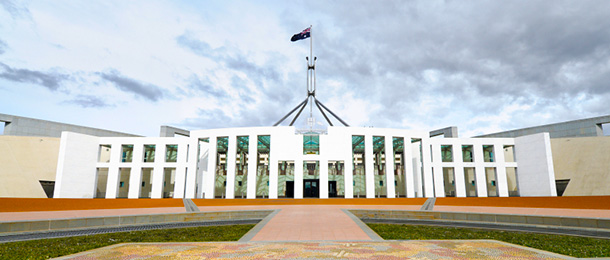The federal government will introduce a 30 per cent concessional tax rate to superannuation earnings on balances above $3 million, saying the measure will only impact a small number of people, but generate $2 billion in revenue in its first full year.
The new tax was announced today by Prime Minister Anthony Albanese and Treasurer Jim Chalmers, who said it would apply from the 2026 financial year and was expected to apply to around 80,000 people.
Those affected would retain the current 15 per cent concessional tax rates on earnings from funds below the threshold and the current rate would remain unchanged for all superannuation accounts with balances below $3 million.
“This adjustment does not impose a limit on the size of superannuation account balances in the accumulation phase and it applies to future earnings – it is not retrospective,” Chalmers said.
“The modest adjustment we announce today means 99.5 per cent of Australians with superannuation accounts will continue to receive the same generous tax breaks and the 0.5 per cent of people with balances above $3 million will receive less generous tax breaks,” he added, noting it was consistent with the government’s proposed objective of super to deliver retirement income in an equitable and sustainable way.
Pointing to the government’s 2022‑23 Tax Expenditures and Insights Statement released today, which details tax concessions, credits and deductions, Chalmers said superannuation tax concessions were around $50 billion a year, or one-third of the $150 billion of annual tax concessions allowed by the government.
“The majority of these super tax breaks go to high-income earners. For instance, over 55 per cent of the benefit of superannuation tax breaks on earnings flow to the top 20 per cent of income earners, with 39 per cent going to the top 10 per cent of income earners,” he said.
Speaking during a joint press conference with Chalmers, Albanese said the new tax rate will not be applied until after the next election, but will be legislated beforehand.
“We have worked closely with Treasury in particular, but others as well. Obviously this will be a part of our budget in May and then the legislation will follow after that. But as I said, it will come in from 1 July 2025,” he said.
Chalmers said the new rate would boost the budget by $2 billion in its first full year and $3.2 billion over five years, and would also cover defined benefit schemes if possible.
“The government will undertake some targeted consultation on the implementation of this measure between now and the budget as well,” he said.
“There is a lot of complexity in the system. For example, it’s our intention to include defined benefit schemes. This will require some consultation to make sure that we get that detail right.
“If we can include defined benefit schemes in what we’re proposing today, we would like to, but we want to speak to the sector about that.”




